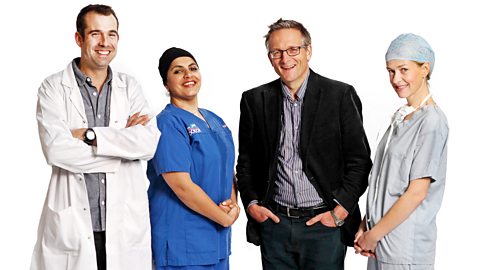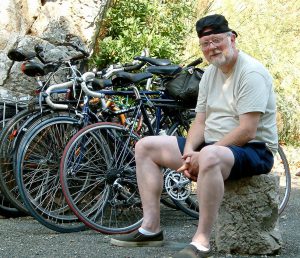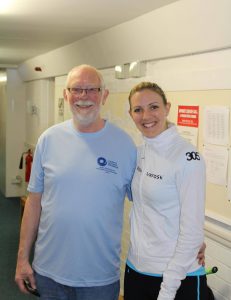I made some notes on questions to ask Mr Sing in a recent post Decisions. He was able today to give me a little more detail.
The apex of the prostate where my tumour was pressing on the surface in fact has no capsule so dissecting this area is not so clear cut as the prostate goes right up to the pelvic floor muscle and it is not possible to take as wide a margin for testing as it is elsewhere. Dmaging the floor muscle could lead to permanent incontinence. The sample tissue sent off for testing showed some small areas of limited and focused cancer cells but there is no way of telling if these had gone any further into the surrounding tissue. The dissection is done with an electrical current and it is possible that any cancer cells outside of the incised margin may have been killed off anyway.
I was shown pictures of my prostate and there was an awful lot of cancer marked in red! I forgot to ask if it was confirmed as stage T3a but can ask on the phone which I will tomorrow.
My PSA was confirmed as 0.02, described as very encouraging, especially due to the small and focused positive samples. Although PSA is not a reliable indicator or prostate cancer while you still have one, once removed it is very reliable. It’s early days but there is a good chance it will go down to zero over a little more time and they will check again and arrange another meeting in 6 weeks time. If it rises, especially to over 0.2, then radiotherapy will be recommended. Even then, if left alone, it could be many years before it developed into a recurrence of a discernible cancer tumour.
The standard procedure from here on would be to simply monitor my PSA level and only offer further treatment if it reaches the 0.2 threshold. 50% of men in my condition will not need this. Of the remaining 50% a large proportion will still be cured and the rest most would be able to keep it under control fr many years before palliative care became the last option. This seems to warrant quiet confidence.
I still have to make a decision about whether to go into the trial in which I may be assigned to the group that has radiotherapy more-or-less immediately. At the moment my feeling is that I am likely to be in the 50% who won’t need it based upon my own strategy of nutrition and exercise to stop the cancer developing. I’ll need more information from Dr Owen next week.
Mr SIngh seemed mildly surprised that I have had no problems whatever with incontinence and that I played in my first racketball tournament last week, 9 weeks after my operation. I also mentioned I had just got back on my bike this weekend for very short distances. He didn’t say anything to dissuade me other than to remind me I had had major pelvic surgery. I’ll check this again by phone tomorrow. Also I need t check if it is advisable to not ride for a few days before PSA tests as was the case when I still had a prostate. Could it irritate the residual cancer in anyway and produce a higher reading?



